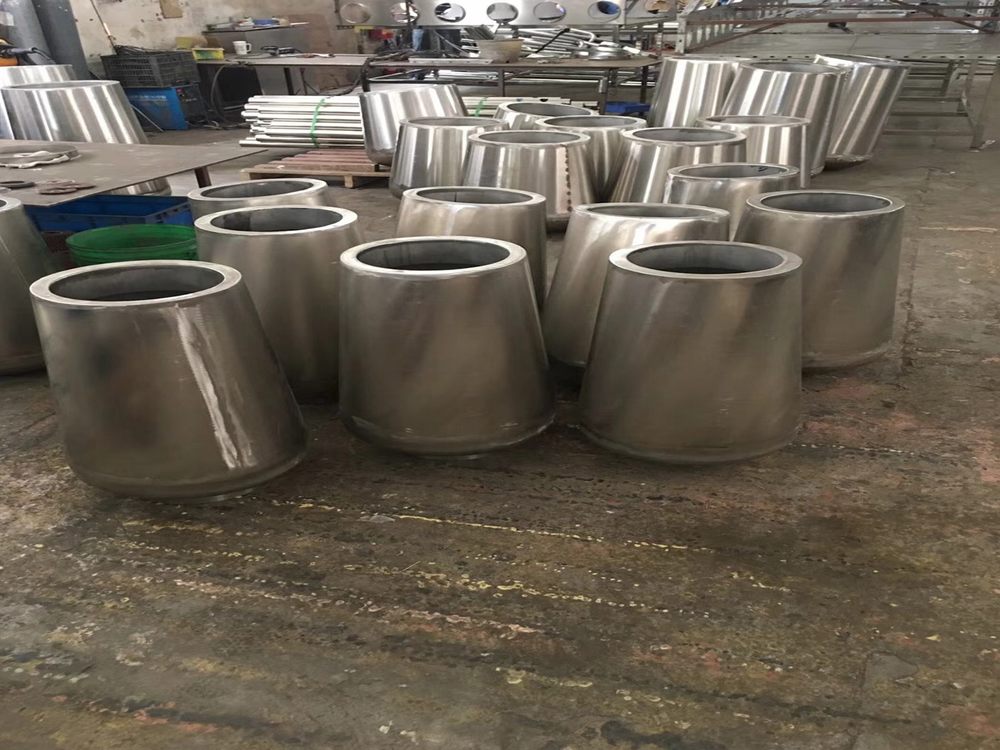
Porcelain sculpture installations captivate audiences not only through their intricate craftsmanship but also through the deliberate use of scale to evoke emotion and drama. Artists manipulate size to transform fragile ceramics into monumental statements, challenging perceptions of fragility and strength.
One technique involves exaggerating proportions—enlarging delicate porcelain flowers or vessels to towering heights, creating a surreal juxtaposition between material and form. Conversely, miniaturizing human figures within vast installations can evoke feelings of vulnerability or insignificance.
Contrast plays a pivotal role. Placing a single, oversized porcelain element in an empty space commands attention, while clusters of smaller pieces create rhythmic visual tension. Site-specific installations often use architectural scale, allowing porcelain to "converse" with its environment—whether dwarfing viewers in a gallery or appearing to grow organically in natural settings.
Contemporary artists like Ai Weiwei demonstrate how scale can politicize porcelain, as seen in his "Sunflower Seeds" installation where millions of hand-painted pieces collectively formed a powerful commentary. This transformative approach proves that in skilled hands, porcelain transcends its decorative origins to become a medium of profound conceptual impact.
By mastering scale, artists turn the inherent delicacy of porcelain into a tool for creating unforgettable sensory experiences that linger in memory long after viewing.

